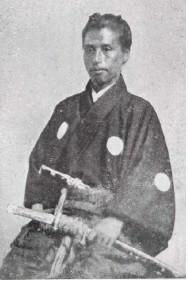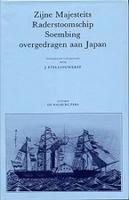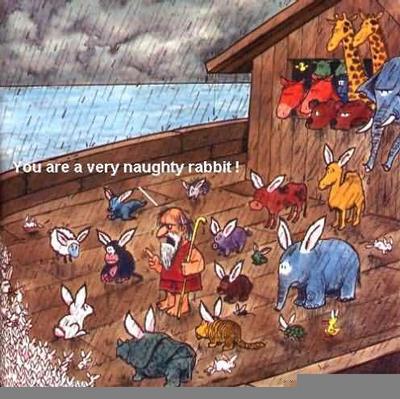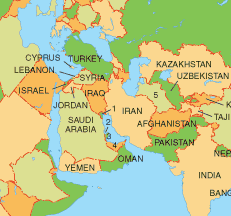
Also known as Katsu Awa or Katsu Rintaro and Katsu Yasuyoshi, was one of prominent statesmen during the end of Edo-Bakufu (Shogunate; Shôgun's government).
He was born in 1823 at Edo (Tôkyô) as a son of a lower-grade samurai, a hatamoto, who trained in Western studies, including military arts.
In his young age he worked as a translator for foreign affairs and put a lot of effort into learning Dutch, English, navigation and Western military science with many hardships.
He studied Dutch because it was the only language at that time which was used to trade with the outside world. The Dutch were allowed as the only foreign country to have a trade settlement in Nagasaki.(Dejima). He went for 5 years to Nagasaki to be trained in the use of ships and naval techniques. He was the first Japanese to learn how to navigate the big Dutch sailing ships
Katsu had initially requested a prominent doctor and Western scholar for permission to study under him. However, the scholar turned Katsu away saying, "Western learning is not suitable for the short-tempered people of Edo," referring to Katsu's birthplace, current-day Toyko. He was taught by Commander Fabius of the Dutch navy under whose command the ‘Japan’ had sailed from Holland.
He was very poor and a Dutch dictionary was very expensive. So he borrowed it from a Dutch doctor He copied it twice which took him one year, and sold one copy to pay the doctor the borrow fee.
Katsu was aged twenty-three when he approached Nagai, having heard of his amicable nature, and began learning Dutch under Nagai's instruction. It was through Nagai that Katsu reportedly met Kuroda Nagahiro, who took a liking to him.
At the same time he intensively trained himself the arts of samurai, zen and kendô.
When he was 27, he opened a Dutch language school to teach Dutch and western military strategy.
On July 8 1853, four black warships with the Stars-and-Stripes appeared near to Edo.
This arrival of Commodore Matthew Calbraith Perry (1791-1858) and his squadron shocked people very strongly, and it triggered off a big change in Japanese history. The squadron called Kurofune ("the black ships") also changed Katsu's life as a Bakufu officer. A report about this event Katsu submitted to Bakufu was recognized highly.

Soon after the arrival of Commodore Perry, the Shogunate requested Donker Curtius to deliver steamships. The Dutch government presented the naval vessel `Soembing`, renamed in Japanese `Kanko Maru`. The maritime school of Nagasaki was established for the handling and the maintenance of the ship and armaments. Commander Fabius of the Dutch navy, who sailed the ship to Japan, and his crew were the first teachers, and Katsu Kaishu one of their students. After evaluating the achievements of the `Kanko Maru`, the Japanese government ordered a second ship. Originally named `Japan`, it was renamed on its arrival in Japan into `Kanrin Maru.
Aboard the `Japan` were first engineer Hardes and medical doctor Pompe van Meerdervoort who set up a hospital during his 5 year stay. Pompe also introduced the wet-plate photography to Kyuichi Uchida, who later made the first picture of of the Emperor.

The 'Pompe Hall' was built to commemorate him in the Nagasaki University's Medicine Faculty in Sakamoto-machi, Nagasaki City
According to the '400 Holland-Japan relations' study, Hardes founded the first ship repair yard and steam engineering factory which was the origin of Mitsubishi.

 When I visited Kao-chiung in the early 80's I was amazed by the numner of ships lying winched up on the beaches.
When I visited Kao-chiung in the early 80's I was amazed by the numner of ships lying winched up on the beaches.
























